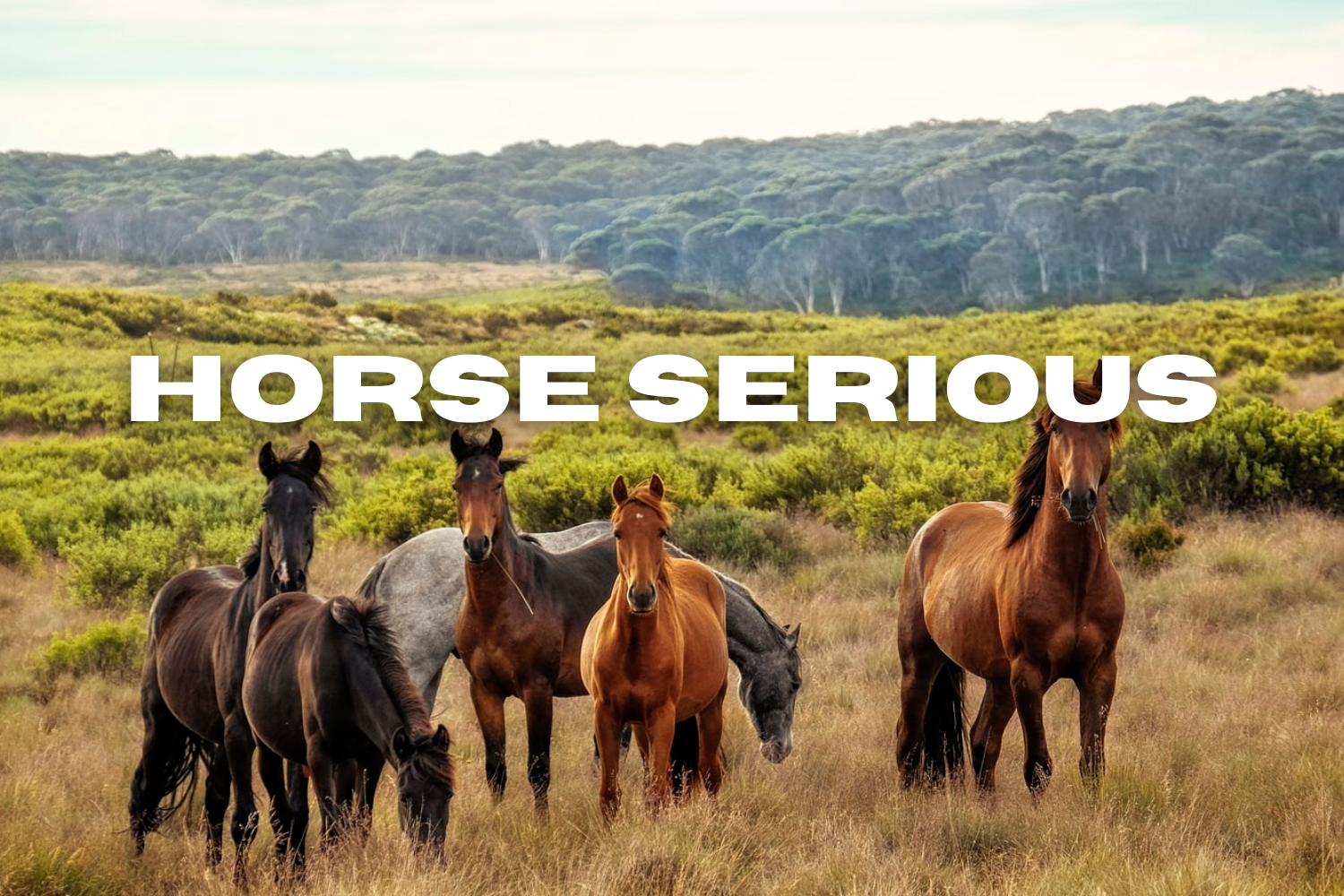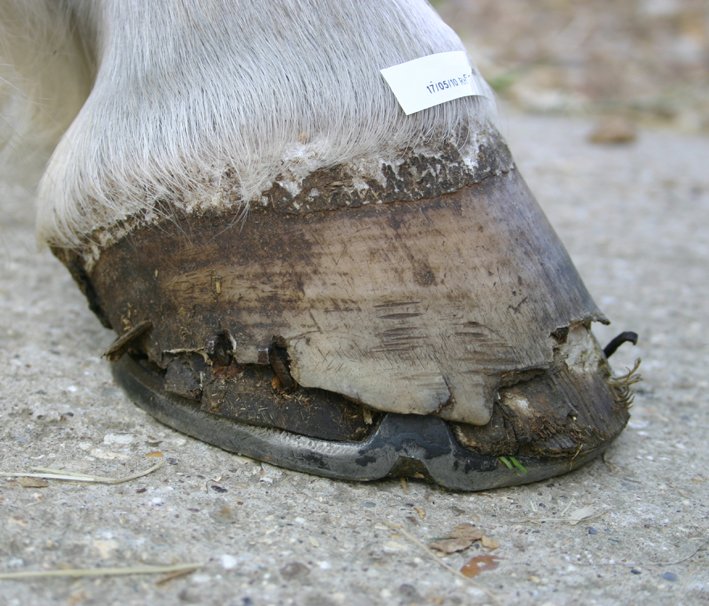HWSD or hoof wall separation disease affects mainly ponies and is something to be cautious of. Sarah Cawley, owner of a 13-year-old Connemara gelding was diagnosed with HWSD around 4 years ago. Though previously thought, that the pony had sensitive feet, it turns out to be much more than that.
The genetic condition describes a hoof wall that easily cracks and breaks. Ponies that are affected often lose their shoes and experience extreme discomfort. In the most severe cases, euthanasia may be necessary.
What Is Hoof Wall Separation Disease?
Hoof Wall Separation disease is an inherited syndrome in some Connemara and other types of ponies. It often leaves the ponies supporting their whole weight on one hoof instead of the hoof wall. This can cause ponies to experience severe lameness, inflammation and overall discomfort.
Ponies with HWSD often display symptoms within the first 6 months of life. It is an autosomal recessive trait, which means it is passed down from parent to child. Ponies with one copy of the gene mutation are usually unaffected but can pass the gene down to their foals. If two ponies, both with only one copy of the gene breed, their offspring will likely carry two copies and display symptoms.
How To Prevent HWSD?
Many pony societies have begun spreading the word on hoof wall separation and are taking steps to avoid passing the genes down to offspring. Many societies have made it a requirement to have ponies DNA tested to find out if they are carriers of the gene. The British Connemara Pony society introduced these requirements last year and advocates for sharing results with breeders and sellers.
Sharing the DNA tests in sales adverts helps buyers know whether or not the pony carries the gene mutation. The tests show:
-
Normal (N/N)
-
If they carry one copy (N/HWSD)
-
If they have two copies (HWSD/HWSD)
Animals with two copies are highly likely to show symptoms of hoof wall separation and only these animals will show clinical symptoms.
What Are the Symptoms Of Hoof Wall Separation Disease?
The clinical signs and severity vary amongst carriers. Oftentimes, cracks and breaks in the hoof wall will appear within the first 6 months of a pony’s life. The outer hoof wall may separate at the sole and the hoof may start to look frayed.
Environmental changes from dry to wet or wet to dry can aggravate the symptoms. Affected pony’s often developed lameness from weight-bearing issues and may often have difficulty keeping their shoes on.
Typically, all four hooves are affected by HWSD but may vary in degrees of symptoms. In severe cases, abscesses and laminitis may occur.
How To Prevent HWSD?
While there is no treatment or cure, there are measures to prevent and manage hoof wall separation disease. However, there are ways to manage it and make the ponies more comfortable.
Avoid breeding ponies that carry one or both genes is the best way to avoid spreading the disease to other animals.
Managing HWSD with hoof care and special shoes can help reduce the severity of symptoms. Although, this can be a costly and labour-intensive process. The most efficient way to manage hoof wall separation disease is by maintaining the environment and through dietary supplementation.


